On April 2, US President Donald Trump announced a series of new tariffs on most countries around the world . He described these tariffs as "kind and reciprocal", implying that the tariffs are adjusted for each country and are intended to balance import tariffs between the US and other countries.
"It's reciprocal," Mr. Trump emphasized. "That means they do it to us, and we do it to them."
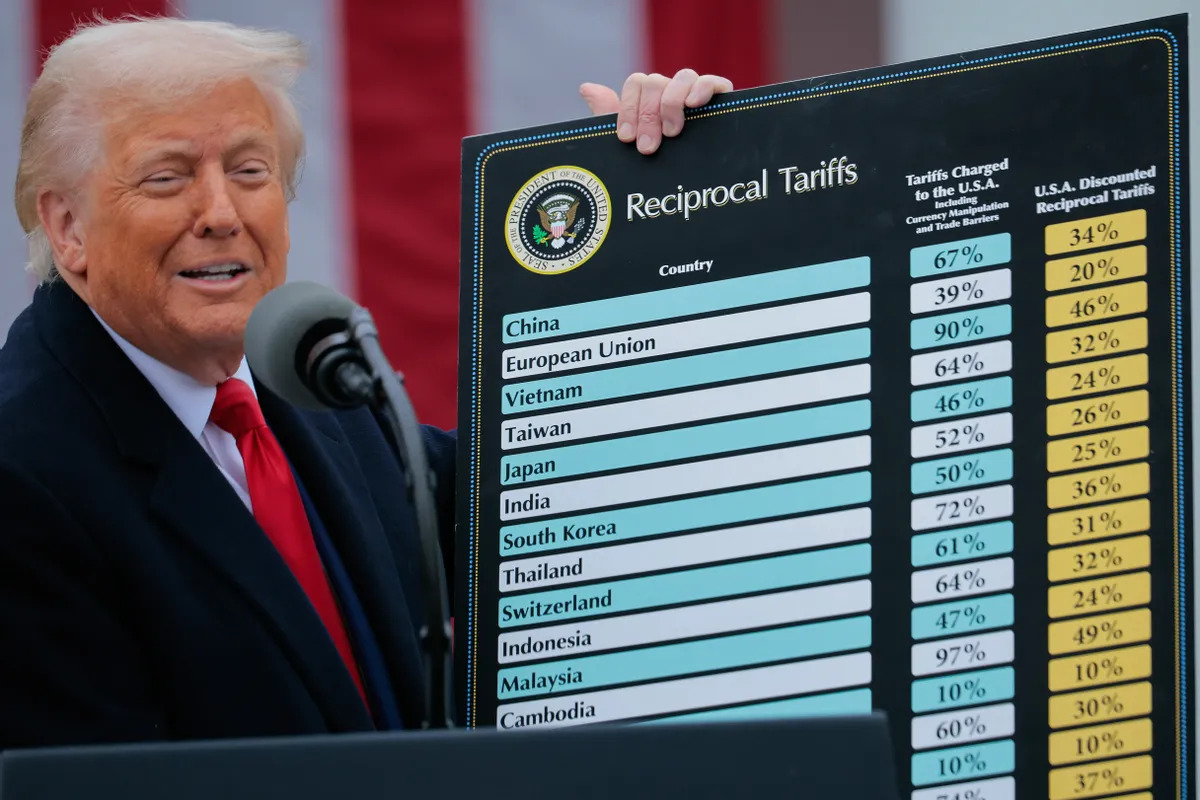
US President Donald Trump. Photo: GI
However, some posts on social network X have argued that the new tariffs are not really based on balancing tax rates between the US and other countries.
Instead, the tax rate is calculated based on the US trade deficit with each country, which is the amount of goods that country exports to the US minus the amount of goods that it imports from the US, and then divided by the amount of goods that the US imports from that country. In other words, the tax rate has nothing to do with the tariffs that countries impose on US goods.
White House Deputy Press Secretary Kush Desai responded that the calculations are indeed based on both tariff and non-tariff barriers. However, there are some interesting points in reality.
Before analyzing the new tariff formula, it is important to understand some basic concepts in trade economics . Imports are goods shipped into a country, while exports are goods shipped out of that country. A country's trade balance is calculated by subtracting the value of its exports from the value of its imports.
For example, according to data from the US Trade Representative, in 2024, the US exported $143.5 billion in goods to China and imported $438.9 billion from China, resulting in a trade deficit with China of $295.4 billion.
Social media posts claim that the new tariffs are calculated by taking the US trade deficit with each country and dividing it by the amount of goods the US imports from that country. Specifically, with China, the trade deficit is $295.4 billion and the amount of goods imported from China is $438.9 billion. When you divide the deficit by the amount of imports, you get a tariff rate of about 67%.
Another example is the US trade deficit with Norway is $2 billion, while imports from Norway are $6.6 billion. The tariff rate in this case is 30%. These figures can be checked through tables posted by the White House on social media.
According to the US Trade Representative, the goal of these tariffs is to “reduce the bilateral trade deficit to zero,” meaning to create a balance between US exports and imports. However, many economists have pointed out that this goal has serious problems in theory and practice.
Economist Oleksandr Shepotylo from Aston University, Birmingham, said that reducing the bilateral trade deficit to zero was an economically unreasonable goal. He argued that there was no economic reason to try to balance trade with all countries, and that the formula was essentially a theory that could not be implemented in practice.
Ngoc Anh (according to Snopes, FT)
Source: https://www.congluan.vn/mang-xa-hoi-giai-ma-chinh-xac-cong-thuc-ap-thue-cua-my-post341412.html


![[Photo] Flooding on the right side of the gate, entrance to Hue Citadel](https://vphoto.vietnam.vn/thumb/1200x675/vietnam/resource/IMAGE/2025/10/28/1761660788143_ndo_br_gen-h-z7165069467254-74c71c36d0cb396744b678cec80552f0-2-jpg.webp)

![[Photo] Draft documents of the 14th Party Congress reach people at the Commune Cultural Post Offices](https://vphoto.vietnam.vn/thumb/1200x675/vietnam/resource/IMAGE/2025/10/28/1761642182616_du-thao-tai-tinh-hung-yen-4070-5235-jpg.webp)


![[Photo] National Assembly Chairman Tran Thanh Man received a delegation of the Social Democratic Party of Germany](https://vphoto.vietnam.vn/thumb/1200x675/vietnam/resource/IMAGE/2025/10/28/1761652150406_ndo_br_cover-3345-jpg.webp)














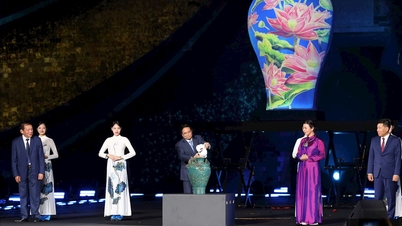


![[Photo] President Luong Cuong attends the 80th Anniversary of the Traditional Day of the Armed Forces of Military Region 3](https://vphoto.vietnam.vn/thumb/1200x675/vietnam/resource/IMAGE/2025/10/28/1761635584312_ndo_br_1-jpg.webp)

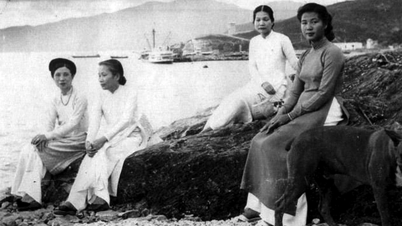

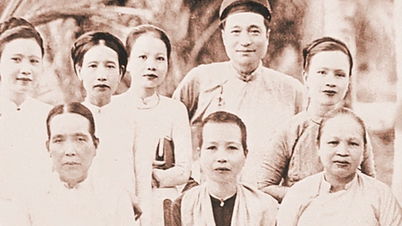

























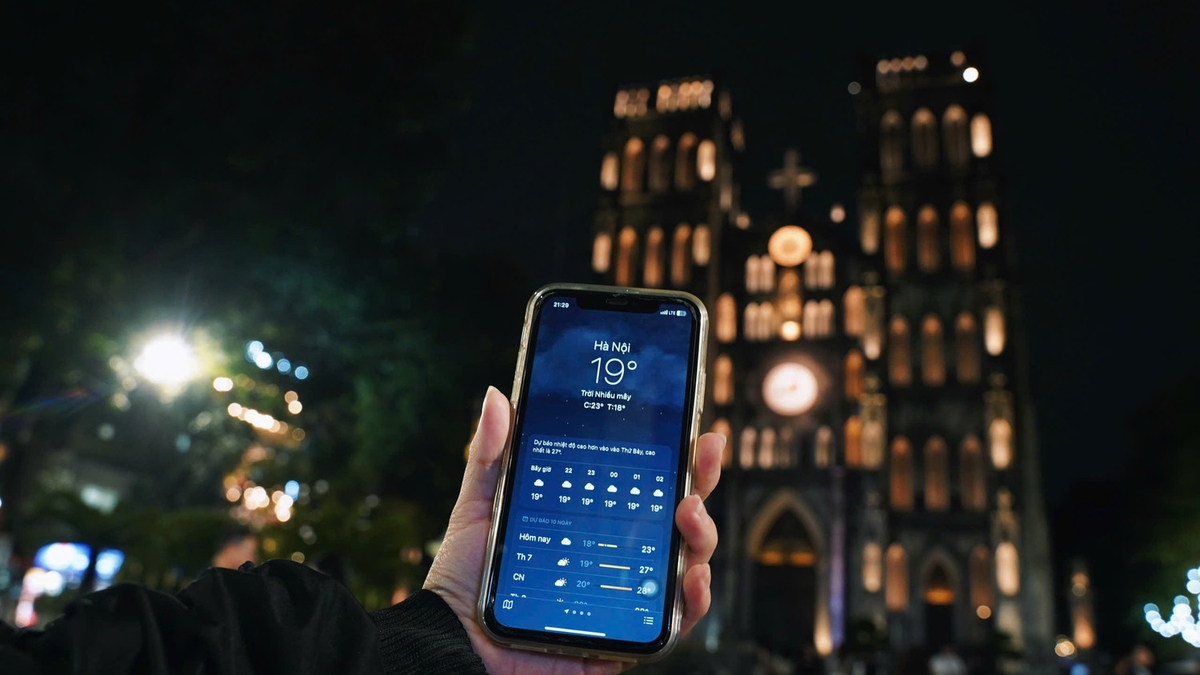







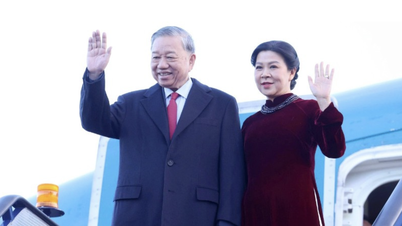






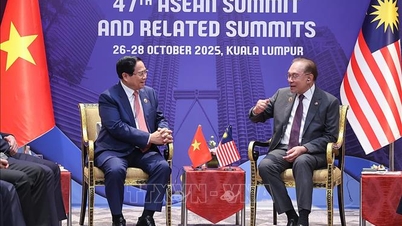

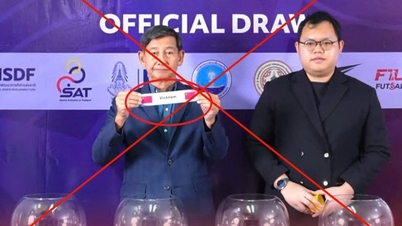








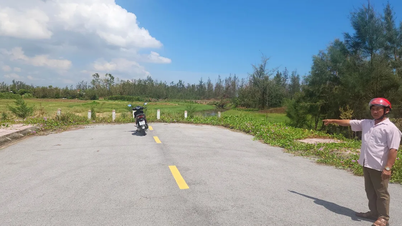







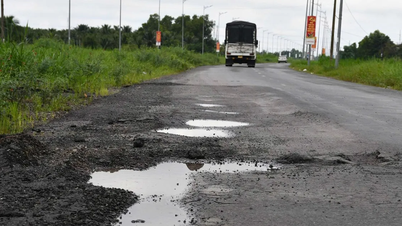
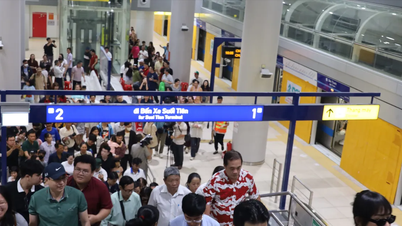















Comment (0)